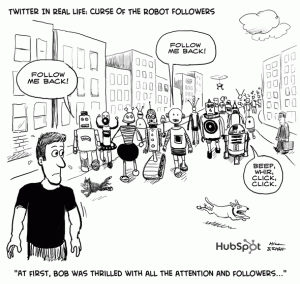![[61]_microformats-logo [61]_microformats-logo](http://www.dotcult.com/wordpress/wp-content/uploads/2010/02/61_microformats-logo-296x300.jpg)
A few years ago while working with openID and hcard at identity.net I wrote a blog post called who supports hcard. In that post I talk about how (just like with openID) everybody wants to be a provider, but nobody wants to accept my hcard when I signup for their service.
According to this list from microformats.org that looks to still be the case. Well over 50 different sites all provide hcard support, but only 4 of them will actually take my hcard information instead of making me re-type it all when I sign up. That’s just sad.
Creating an hcard is easy. Just head on over to microformats and learn the syntax. It’s almost as simple as copying and pasting some span tags around your current content. It took me about 5 minutes to turn RyanMJones.com into a valid hcard.
Reading an hcard is even easier. In PHP it can be done in 4 lines of code. here’s the code. Go try it out.
Hcards and microformats have the potential to both simplify and revolutionize the internet as we know it, but only if people are willing to support both sides; and then take it a little further.
I long for the day when I can simply update my personal website’s hcard and then Twitter, Facebook, Google, Linkedin, and everybody else will see the change and update accordingly. That’s where the true power of the hcard comes into play – yet nobody is willing to step up and harness that power.
But that’s just one of several types of microformats. There’s practically a microformat for everything; and that’s where things get interesting.
I envision an internet in the not so distant future that takes microformats to the next level and applies them to the existing information flow of the internet. Instead of a microformat applied to text, what if I could apply a microformat to a feed?
We have FOAF where I can list friends as I mention them, but what if I could tag my entire list of facebook friends and have it pulled into other applications?
Tons of applications already give me feeds, what if I could do a whateverCard that aggregated all of those feeds into one type of “RyanCard”
Using this new format I could take my picture (gravatar) what I’m doing (twitter) What I’m buying (blippy) what I’m working on (yammer) my friends (facebook) where I’m at (foursquare) my personal information (hcard) employment history (linkedin) and the rest with me wherever I went.
Give me one site that can read microformats and pull all of that data in… then keep it tagged so that other sites can use it.
Or, better yet, give me one site that I can update with all of that information at once and then it will know where to post all of that information.
That’s the future of microformats – but only if the major players in the space are willing to look beyond just offering them and start accepting them as well.





